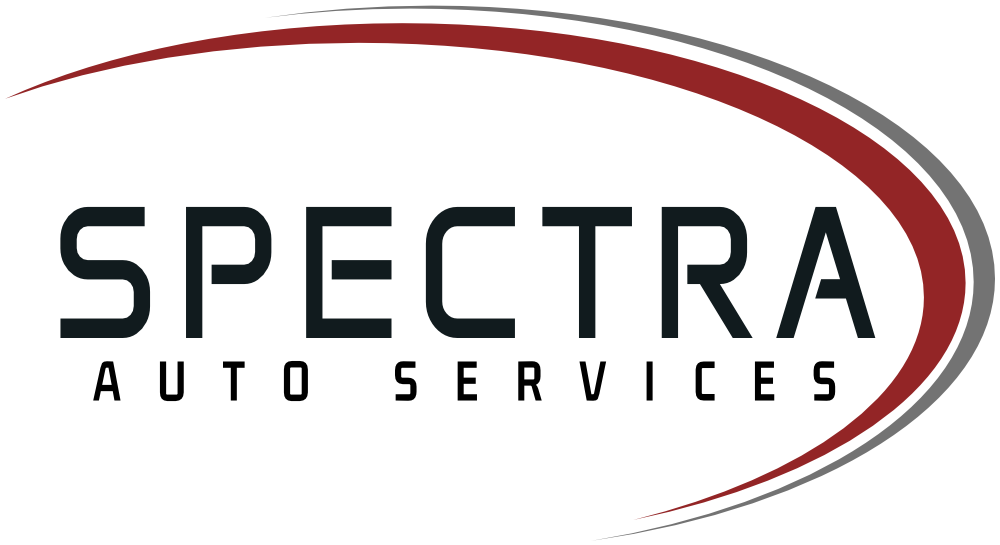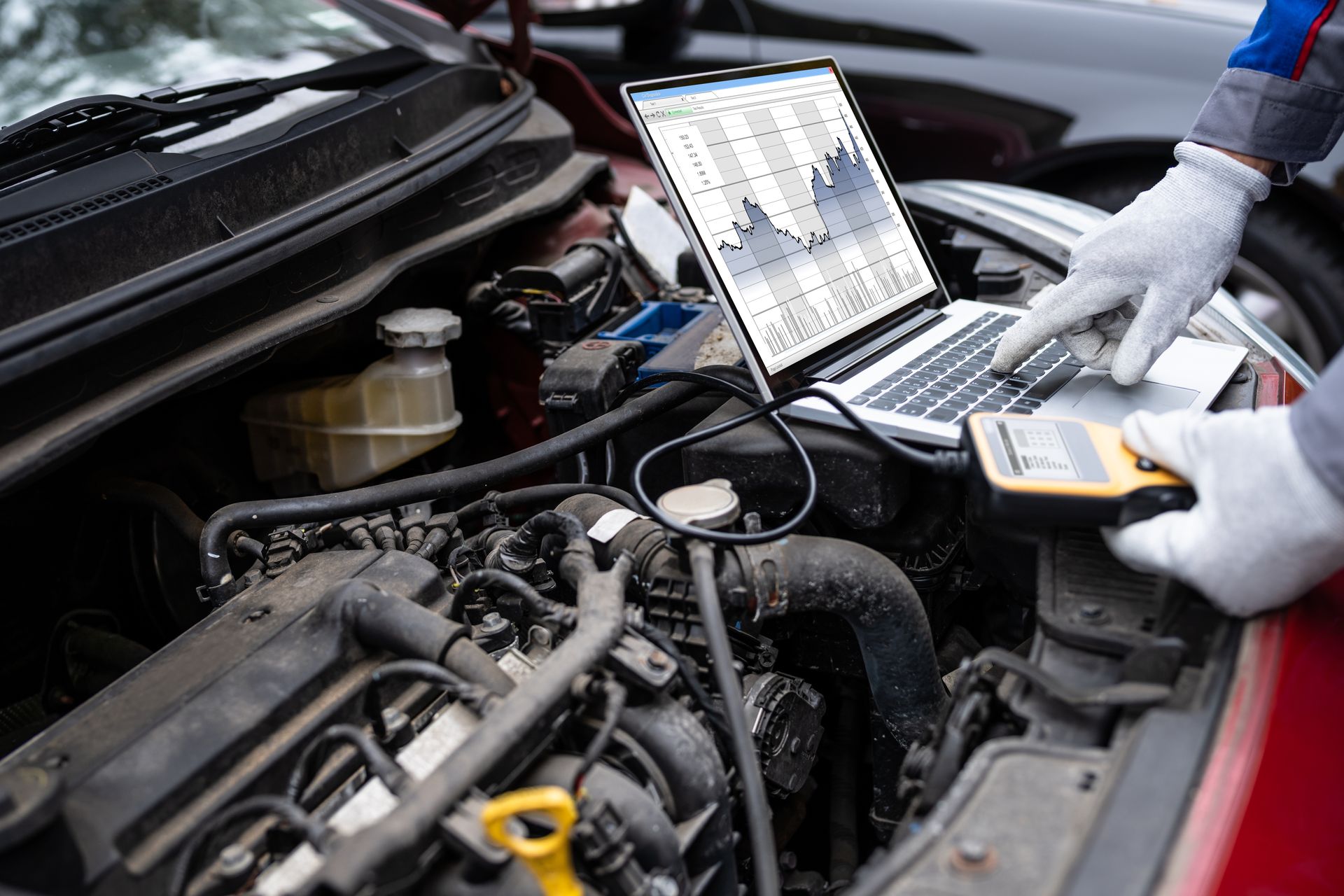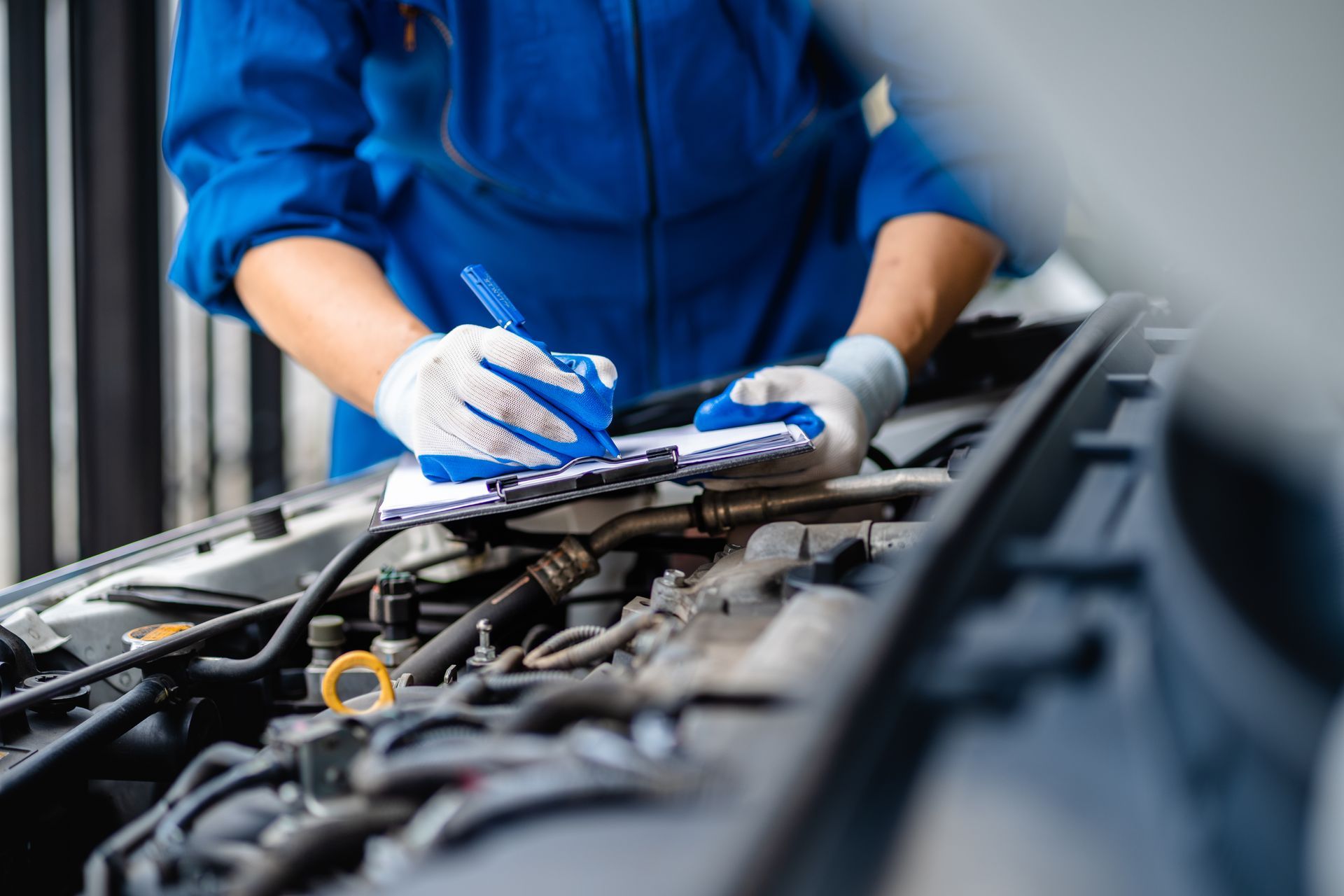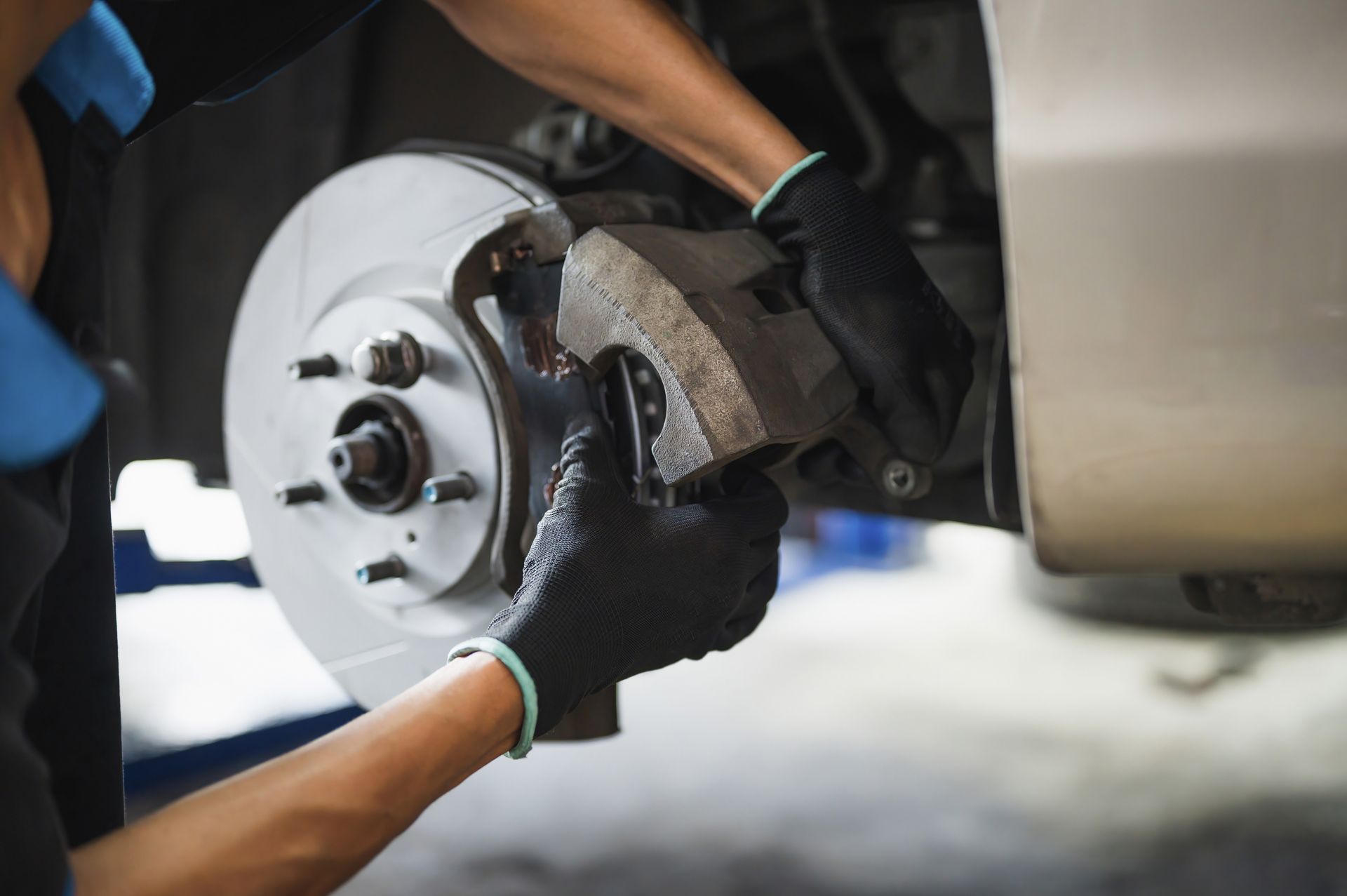Can You Drive With a Bad Alignment? Here’s What Happens If You Do
Your vehicle’s alignment might not be something you think about every day, but it plays a vital role in how your car handles, how your tires wear, and how safe your drive really is. At Spectra Auto Services in Frederick, MD, we often hear the question: “Can I still drive with a bad alignment?” The short answer is yes—but the real answer is you shouldn't. Driving with poor alignment can lead to a cascade of expensive and even dangerous problems. In this article, we’ll break down exactly what happens when your alignment is off, how to recognize the signs, and why getting it fixed sooner rather than later can save you money and headaches down the road.
What Is a Wheel Alignment?
Let’s start with the basics. A wheel alignment refers to how your wheels are angled in relation to each other and to the road. The alignment affects your car’s handling, steering, suspension, and tire wear. When your wheels are properly aligned, your vehicle drives straight and evenly, with minimal strain on its parts.
At Spectra Auto Services, we perform precision alignments at our Frederick facility using advanced computerized equipment that adjusts your vehicle’s camber, caster, and toe settings back to factory specifications.
What Causes Alignment to Go Bad?
Driving over potholes, hitting curbs, rough road conditions, or even normal wear and tear can knock your vehicle’s alignment out of place. Some of the most common causes we see at our Frederick shop include:
- Curb strikes during parking
- Pothole impact (especially during winter)
- Worn suspension components
- Accidents or fender benders
- Aggressive driving or hard cornering
Even a seemingly minor jolt can throw things off by a few degrees—enough to impact your car’s performance.
The Hidden Costs of Driving With Bad Alignment
You can technically drive with a bad alignment, but you’ll pay for it in ways that aren’t always obvious right away. Here’s what really happens:
1. Uneven and Accelerated Tire Wear
Misalignment causes your tires to wear down unevenly and much faster than normal. You might notice feathering, bald spots, or edges wearing faster than the center. That’s because the tire isn’t meeting the road surface evenly.
Result: You’ll need to replace your tires sooner—an expense that adds up quickly.
2. Decreased Fuel Efficiency
When your wheels aren’t aligned properly, your car has to work harder to move forward. This increased rolling resistance means your engine burns more fuel to compensate.
Result: You’ll be spending more at the pump without even realizing it.
3. Poor Handling and Steering Response
Bad alignment affects your ability to steer straight and confidently. You might notice the car pulling to one side or your steering wheel feeling off-center.
Result: This creates a constant need for correction while driving and increases driver fatigue on longer trips.
4. Increased Stress on Suspension Components
Over time, misalignment puts strain on your vehicle’s suspension system—including your shocks, struts, and steering linkages. These components are expensive to repair or replace and are not meant to bear uneven loads.
Result: You'll shorten the lifespan of your suspension parts, leading to costly repairs down the line.
5. Safety Risks
Perhaps the most important consequence: poor alignment can increase your stopping distance and reduce your vehicle’s stability in emergency situations.
Result: In poor weather or during sudden stops, your ability to maintain control is compromised.
How to Know If Your Alignment Is Off
There are several key signs that your car might need an alignment. At Spectra Auto Services, we recommend watching for:
- Your car pulling to one side while driving
- An off-center steering wheel even when driving straight
- Steering feels loose or unstable
- Uneven tire wear patterns
- Vibrations in the steering wheel at higher speeds
If you notice one or more of these symptoms, it’s time to book an alignment check. We regularly inspect and adjust alignments during routine maintenance at our Frederick shop to prevent bigger problems from developing.
How Often Should You Get an Alignment?
There’s no one-size-fits-all answer, but a good rule of thumb is to have your alignment checked at least once a year or every 10,000–12,000 miles. You should also have it checked after:
- Getting new tires installed
- Suspension work or steering repairs
- Driving over a large pothole or curb
- Being involved in a collision
- Noticing changes in handling or tire wear
At Spectra Auto Services, we include alignment checks with many of our routine tire and suspension services to help drivers in Frederick stay ahead of costly issues.
Don’t Wait Until It’s a Bigger Problem
Alignment issues don’t fix themselves. They worsen over time—causing your tires, fuel economy, suspension, and handling to suffer. And while a wheel alignment may seem like a minor maintenance item, it plays a major role in your vehicle’s performance, safety, and lifespan.
The longer you wait, the more damage is done—and the more you’ll pay. At Spectra Auto Services, our Frederick-based team is here to catch small issues early and help you drive safer for longer.
Final Thoughts
So, can you drive with a bad alignment? Sure. But the better question is: Should you? Definitely not. Driving with poor alignment wears out your tires, reduces your gas mileage, stresses your suspension, and compromises your safety.
At Spectra Auto Services in Frederick, MD, we help drivers stay ahead of these problems with expert alignments and honest, preventative care. If your car is pulling, vibrating, or just doesn’t feel right—don’t ignore it. Catching alignment issues early is one of the smartest ways to protect your vehicle and your wallet.














